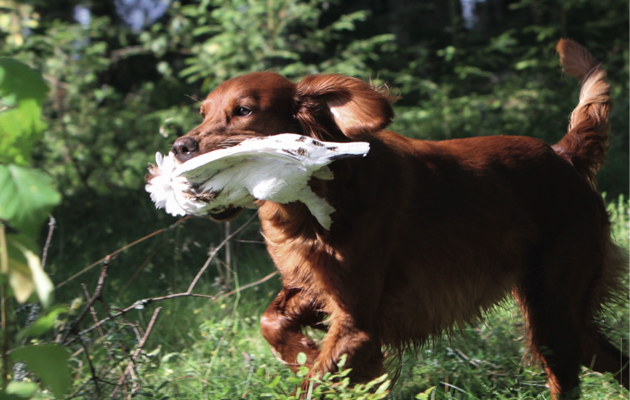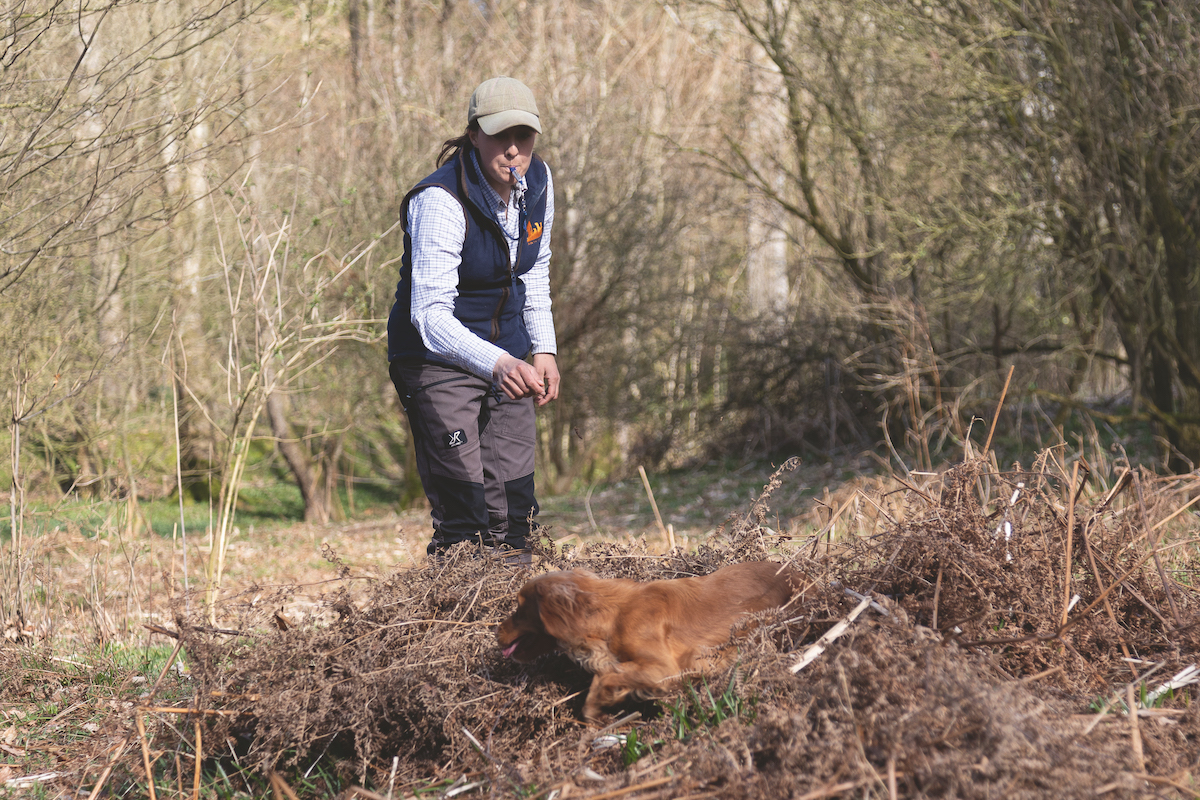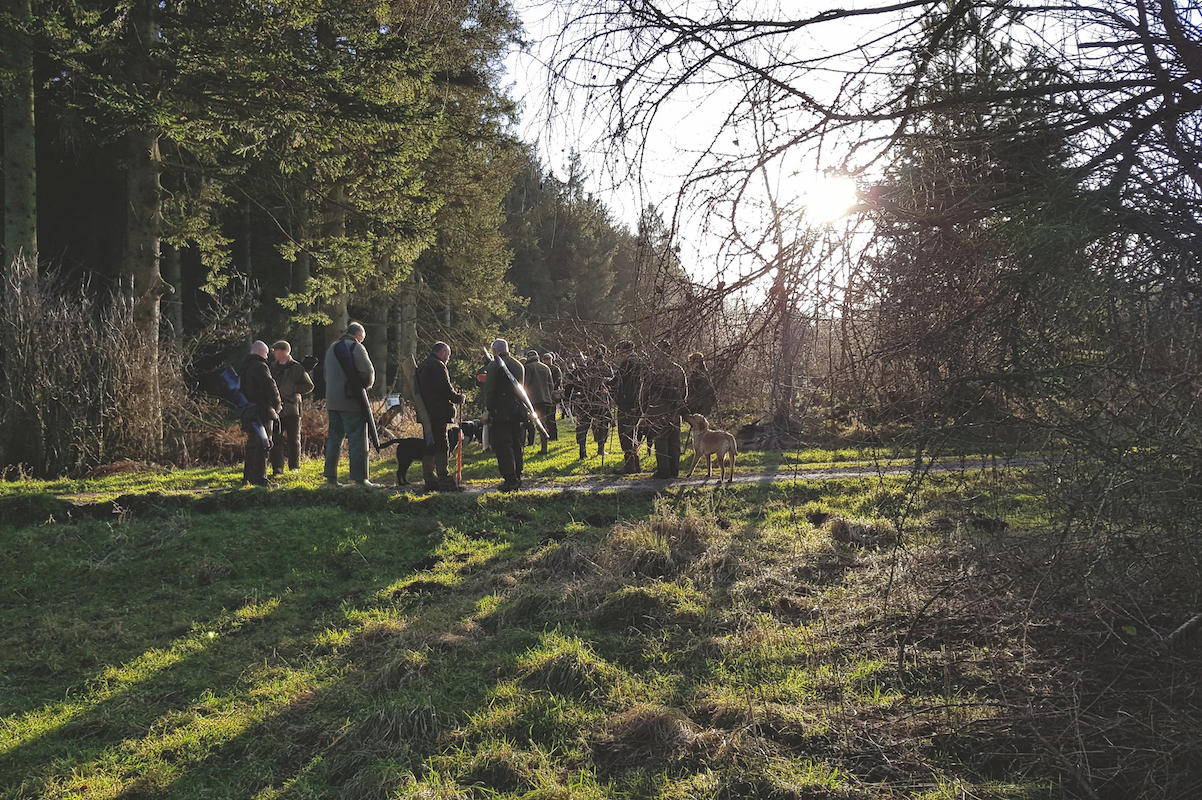How gundogs are used abroad
Nick Ridley looks at how the same gundogs are used abroad and asks why we use two breeds in the UK when we could just use one

During my travels I have discovered that various breeds of gundogs are used and trained very differently in different countries. Last year, I was lucky enough to be asked to run a dog photography course in Norway and on the second day I was taken out into the forest, where during the “hunting” (not shooting!) season they hunt Capercaillie. These birds are extremely shy and it isn’t unusual for the hunter and his dog to go all day and only see, or hear, one or two birds.
The ideal dog needs to have bags of stamina and, more importantly, the mental attitude to go all day and not to get despondent if game is scarce. How many of our dogs would be able to cope with hunting all day with little scent and even less game to flush? Equally, if we were to bring some of the dogs over here would they be able to cope with the density of game we have or would they literally blow a gasket? That said, I know plenty of trainers that are exporting gundogs to Scandinavia, where they do very well and I also know a few people that come over here to trial and their dogs can more than hold their own.
Another group of dogs that are used in a very different way on the Continent are pointers and setters. While I was in Norway, a lady brought three very smart-looking Irish setters to be photographed and I was quite surprised that they not only hunted as hard as any spaniel, but they were also required to retrieve any shot game. I have not had much experience with pointers or setters in the UK, but I do know that generally their job is to hunt and point any game and then when it is shot a retriever will be sent to collect the bird.
Two dogs better than one?
Why we use two breeds when in theory we could use just one is perhaps down to tradition, but it does make more practical sense to use just the one dog to undertake the whole job. A friend of mine goes out to Sweden every year to shoot ptarmigan over a group of Weimaraners and he is constantly amazed at the dog’s stamina and ability to hunt all day in really hard terrain – quite often with little success
in finding what is a very elusive bird.
Recently, I had a phone call from a contact in the USA asking if I knew where he could get a British-bred-and-trained cocker spaniel for “upland” bird hunting. The strange thing was he wanted the dog to walk to heel, flush on command and then make the retrieve. When I asked him about hunting he said that wasn’t needed as he has a Hungarian Vizsla to hunt and point. I tactfully tried to suggest that surely if he used his dogs in this way he wasn’t using either one to their full potential. Surely there can be nothing more exciting than shooting over a hard-hunting spaniel and the fact that the Vizsla belongs to the school of hunt, point AND retrieve is a bit of a giveaway!
American gundog videos really are an eye-opener and I find it especially amusing when you see their spaniels flush a bird – and in most cases they are on the bird’s tail when it gets shot. I think they use the term “hard flush.”
For those of you that haven’t experienced the American style of spaniel hunting, let me explain the difference between their style and ours. Here, we require our spaniels to stop to the flush and/or drop to shot. This will hopefully give us the chance to get a clean shot at the target without the dog getting in the way. I know how difficult it can be to get a spaniel to this stage in its training, but it is something that we all generally aspire to. In the United States, even top-trialling spaniels will leap up for the birds as they are flushed, an undesirable trait over here.

In the UK we require our Labs and spaniels to stop to the flush and/or drop to shot, while in the USA even top-trialling dogs will leap up for the birds as they are flushed
So let’s just take a moment to establish why there is such a difference and who has got it right. If you think about it logically, when we go shooting with a dog the overall aim is to make sure we get game in the bag as quickly and humanely as possible. If a dog flushes a pheasant and chases it as it takes flight and we manage to get a shot, the simple fact that the dog is that much closer to the bird when it hits the ground means it will get it back to the Gun that much quicker. It could be said that this style of flushing is even more effective if the bird is a runner, as the dog will be very close to the fall and get on the line straight-away.
That said, there is nothing better than to watch a dog flush a bird, watch it fly away and mark it down if you are a good enough shot. I am not really sure why these different styles of dog work have evolved, I wonder if it is because in the UK the majority of our shooting is on driven game rather than “true hunting” and if a dog was to take chase on every bird flushed it could cause mayhem if there are a lot of birds on the ground. However, I am not for one moment saying we have it all perfect and our way of working our gundogs is the correct and only way. After all, as they say, it’s horses for courses!









